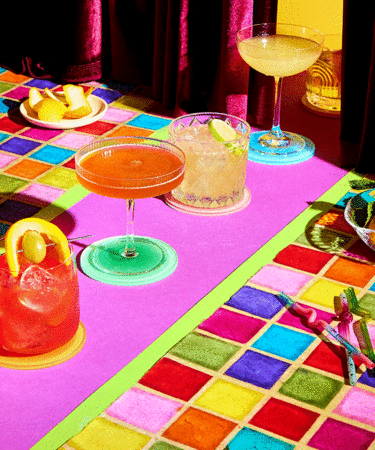Mixologists have spent countless hours perfecting the techniques required to make the famous drinks the world has long known and loved, from Martinis and Old Fashioneds to Margaritas and Manhattans. These are what the industry calls classic cocktails, which have become the blueprint for the thousands of recipes that have followed.
But there’s a new generation of beverages making more frequent appearances on bar menus around the globe. These cocktails, most of which were invented in the ‘90s and early 2000s, have captured the hearts and palates of today’s drinkers. The industry has since dubbed these standouts as modern classics, the next wave of recipes bartenders and at-home drinkers should have in their arsenals.
From drinks popularized on the big screen to those with hazier origins, read on for the modern classic cocktail recipes that should be on your radar.
The Cosmopolitan
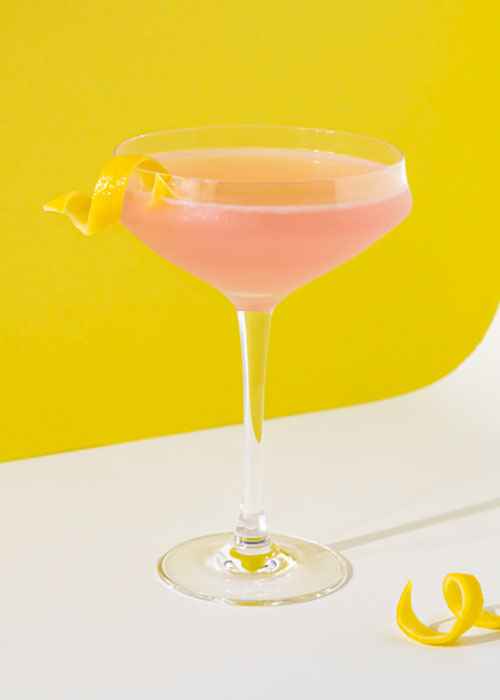
Initially crafted by the bartending team at NYC’s The Odeon in the late 1980s, the Cosmopolitan has HBO’s “Sex and the City” to thank for its soaring popularity in the late ‘90s. The pink drink — made with vodka, Cointreau, lime juice, and cranberry juice — is served up in a Martini glass and garnished with a lime peel.
The Penicillin
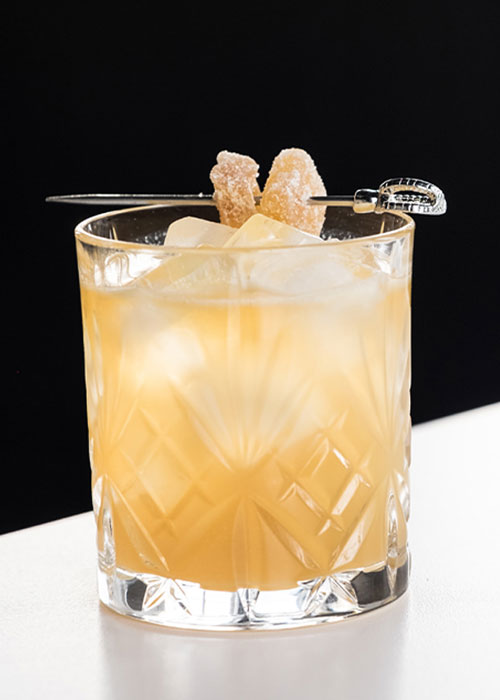
Invented by legendary bartender Sam Ross while working at NYC’s famed and now-shuttered Milk & Honey, the Penicillin is known and named for its cure-all ingredients. Made with blended Scotch, Islay Scotch, fresh ginger, lemon juice, and honey syrup, the drink adds a smoky, boozy kick to what could otherwise be a sick-day tonic. Garnish with candied ginger and toast to your good health.
The Paper Plane
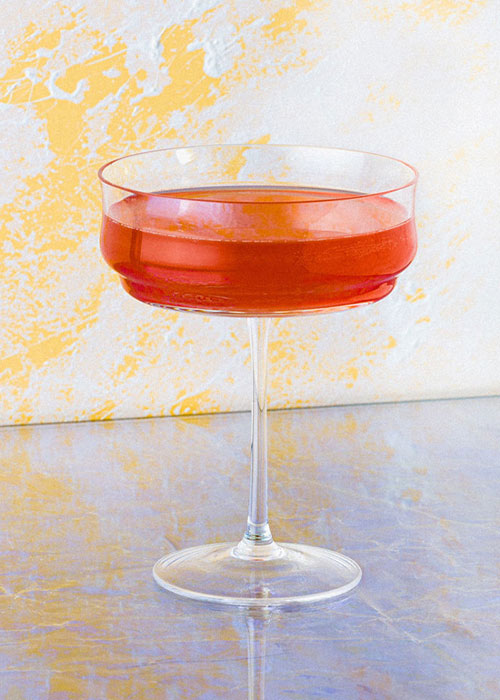
Another Sam Ross original, the Paper Plane is named after M.I.A.’s 2007 hit track of the same name. The drink is made with equal parts Aperol, bourbon, Amaro Nonino, and fresh lemon juice, balancing tart and sweet notes in perfect harmony. While Ross lives and works in NYC, he created this cocktail for The Violet Hour in Chicago. And though not essential, Ross traditionally garnishes the drink with a miniature paper plane.
The Naked and Famous
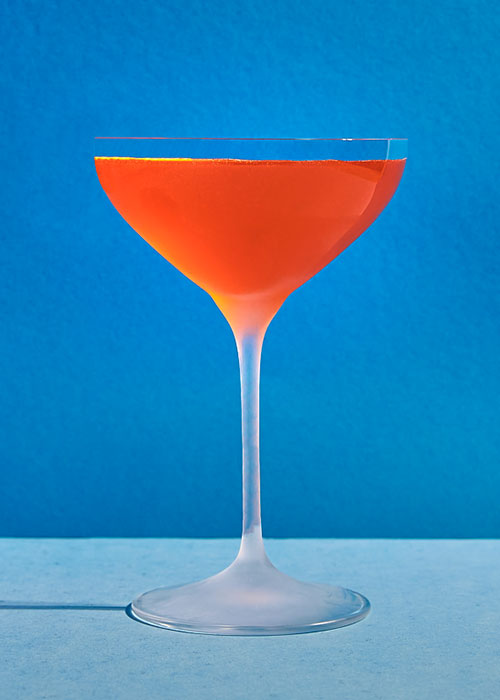
This equal-parts blend of mezcal, yellow Chartreuse, Aperol, and lime juice was created in 2011 by Ecuador-born, Miami-raised bartender Joaquín Simó. A refreshing drink that mixes the spirit of Oaxaca with Italian apéritifs, Simó has described it as “the bastard love child of the Last Word and the Paper Plane conceived in the mountains of Oaxaca.” While any mezcal will do the trick here, Simó recommends Del Maguey Chichicapa.
The Old Cuban
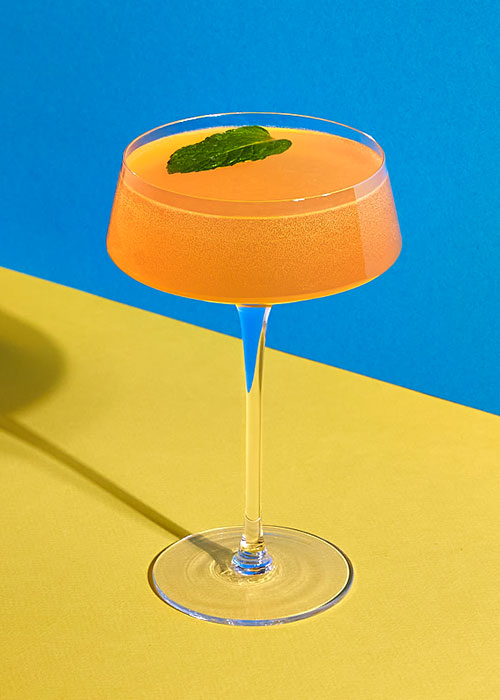
Somewhere in between the Mojito and the French 75 stands the Old Cuban, a modern classic that combines dark rum, muddled mint, lime, simple syrup, Champagne, and bitters. The cocktail was invented in 2001 by legendary bartender Audrey Saunders, a key player in the cocktail renaissance taking place in the early aughts. When making this drink, be sure to double-strain to avoid pieces of bruised mint making their way into the final product.
The Espresso Martini
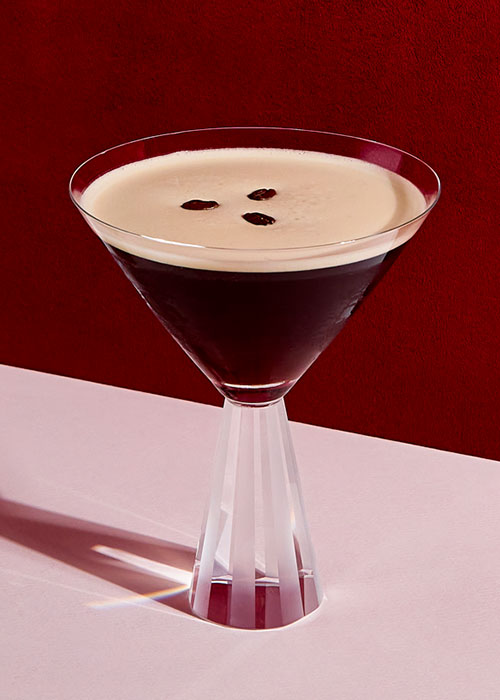
First crafted in 1983 by late London-based bartender Dick Bradsell, the Espresso Martini has rightly earned its place as an iconic modern classic. As the story goes, the drink was first made for an unnamed model who requested a drink that would “wake her up and f*ck her up.” Bradsell clearly delivered with this drink, which is composed of vodka, coffee liqueur, espresso, and simple syrup.
The Pornstar Martini
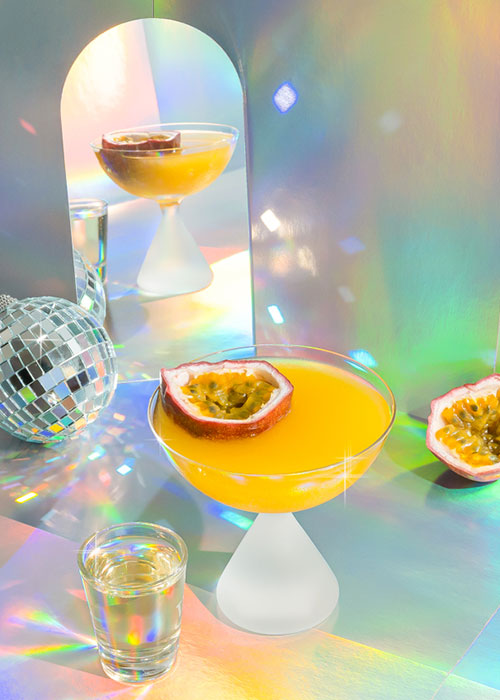
Another non-Martini Martini, this drink is said to be inspired by pastries and baking. The Pornstar Martini is made with vanilla vodka, passion fruit liqueur, passion fruit puree, vanilla syrup, and served with a sparkling wine sidecar. It was invented in 2002 by the late Douglas Ankrah, who debuted the drink on the menu of his London bar, Townhouse. The sidecar can be enjoyed on its own or dumped into the cocktail, making it all the more delicious.
The Tommy’s Margarita
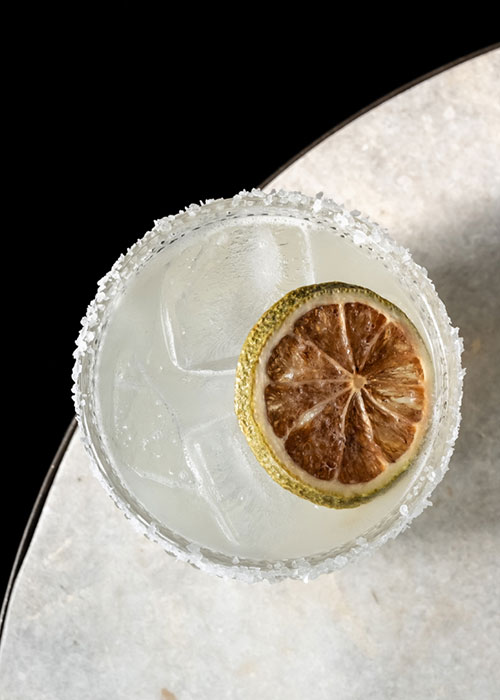
Invented in San Francisco in the ‘90s, the Tommy’s Margarita is a simple riff on the classic Marg that swaps out triple sec for agave nectar for natural sweetness. The resulting three-ingredient tipple is a fan favorite, beloved for its balance and simplicity. Not to mention, agave nectar is less expensive than triple sec, so the Tommy’s makes for a more affordable alternative to the traditional Margarita.
The Mezcal Mule

Ginger and lime complement just about every spirit — hence the versatility of the Mule cocktail template. So after the pioneering, vodka-based Moscow Mule paved the way for a slew of riffs, mezcal finally got its turn in 2008 when bartender Jim Meehan crafted the Mezcal Mule at NYC’s Please Don’t Tell. Though Mules tend to be rather simple in their build, Meehan’s Mule takes a different approach, combining mezcal with a homemade ginger wort, lime juice, passion fruit puree, agave syrup, and a cucumber-chili garnish.
The Single Village Fix
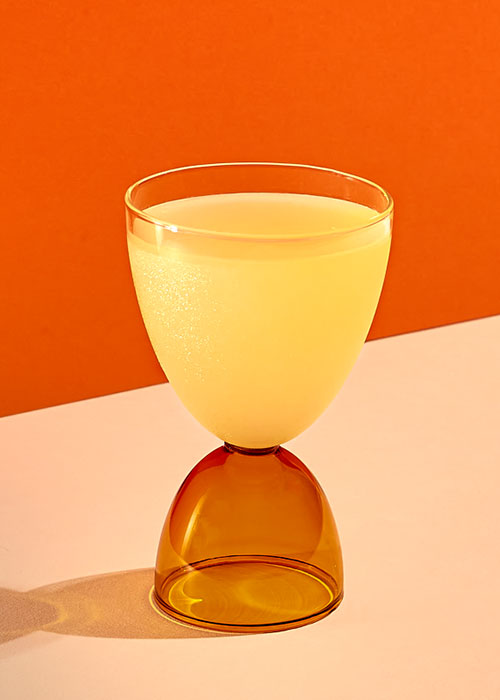
Invented by San Francisco-based bartender Thad Vogler in 2008, the Single Village Fix combines smoky, vegetal mezcal with bright, punchy pineapple gum syrup and lime juice for a refreshing cocktail with no snazzy garnishes to distract from its elegance. Depending on the mezcal used, this cocktail can lean into more smoky charcoal notes, vegetal flavors, fruity undertones, or even the savoriness that comes with pechuga mezcals.
The White Negroni
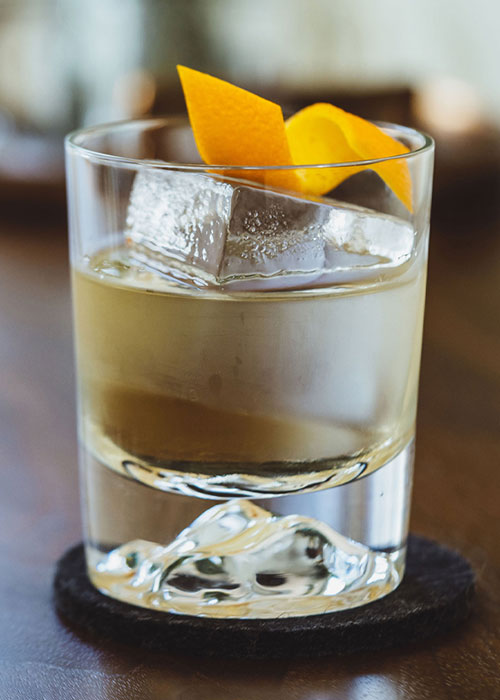
Created by mixologists Nick Blacknell and Wayne Collins in 2001, the White Negroni is a color-shifting take on the red classic. The riff subs in Suze for Campari and makes use of white vermouth rather than sweet vermouth. The resulting beverage is beautifully floral, but still maintains the bitter bite of the classic Negroni.
The Kingston Negroni
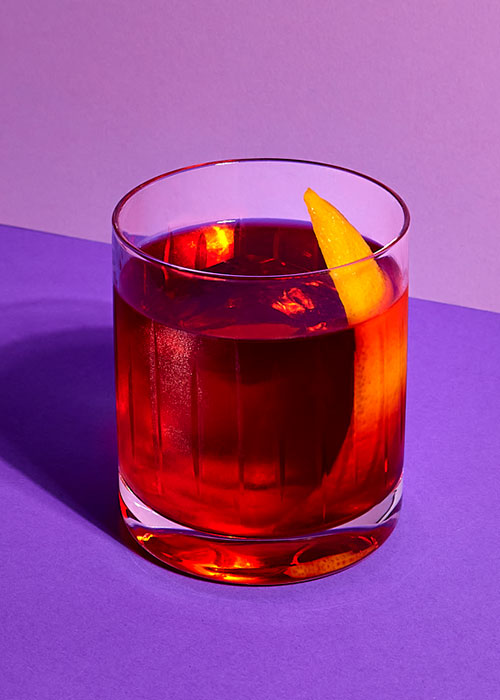
The story of the Kingston Negroni starts at Death & Co. in 2009, when Joaquín Simó got his hands on a bottle of Smith & Cross overproof Jamaican rum and built a Negroni riff on the spot. The iconic rum’s notes of overripe banana, cut grass, and diesel fuel funk take center stage while Campari and sweet vermouth play back-up dancers, balancing out the rum’s assertive palate with playful wisps of chocolate and orange.
The Sex on the Beach
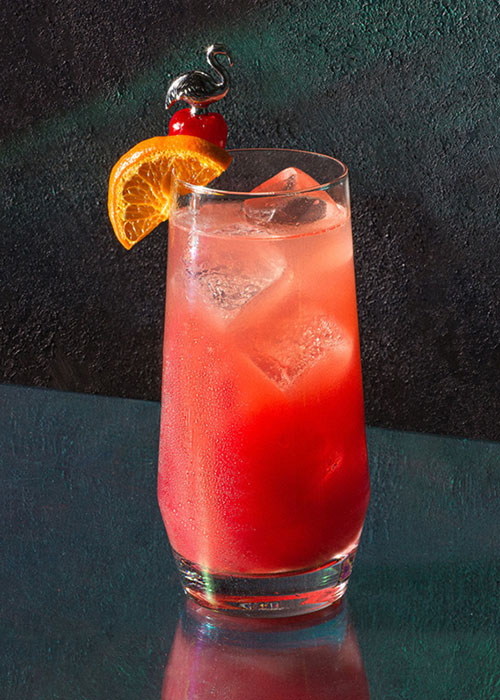
Love it or hate it, the Sex on the Beach — with its suggestive title and saccharine flavor — has made a name for itself in the drinks world. Made with vodka, peach schnapps, orange juice, and cranberry juice, the drink has a neon hue and a vibrancy on the palate. Its origins are a bit murky, but most claim it was invented in 1987 by bartender Ted Pizio at bar Confetti’s in Florida.
The Gin Gin Mule
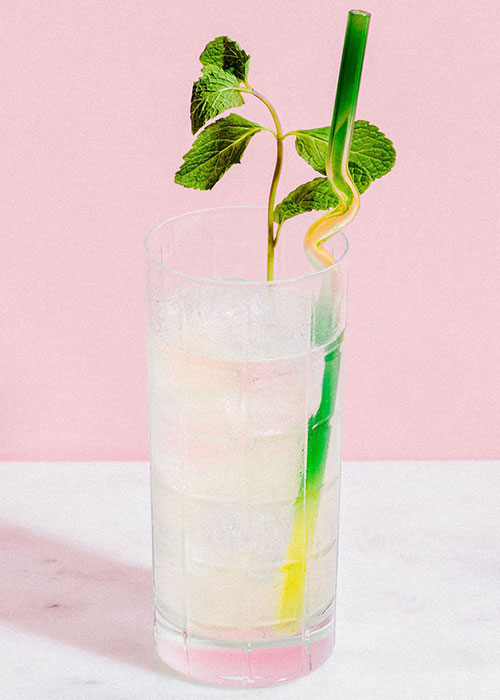
This cousin of the Moscow Mule is another modern classic first crafted by bartender Audrey Saunders in 2001. Adding complexity to the original recipe, the Gin Gin Mule consists of gin and ginger beer, but adds in lime juice, simple syrup, and fresh mint. Saunders’ spec calls for her own homemade ginger beer,, but store-bought will do in a pinch. The resulting cocktail is endlessly sessionable and refreshing.
The Piña Verde
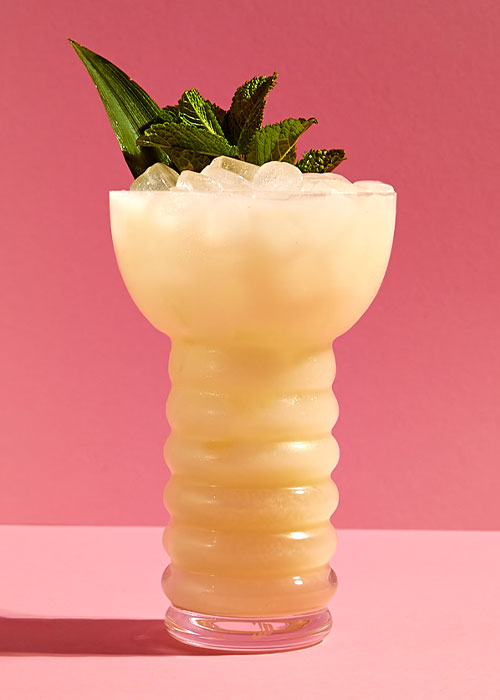
A tropical, herbaceous spin on the Piña Colada, the Piña Verde “bridges the divide between speakeasy and tiki,” according to Erick Castro, the drink’s inventor. Chartreuse is rarely the sole spirit in a cocktail, but the Piña Verde showcases its star potential. Pineapple juice, lime juice, and coconut cream balance out the spirit’s medicinal qualities, and make for a rich cocktail with vibrant notes of tropical fruit, basil, and mint.
The Enzoni
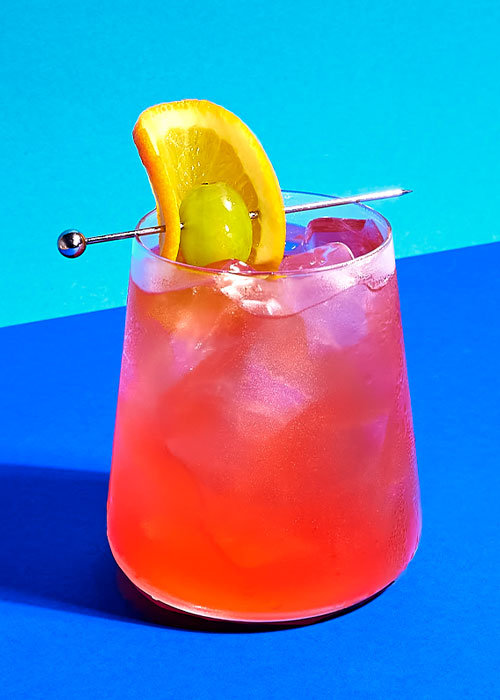
The Gin Sour joins forces with the Negroni in the Enzoni, a modern classic created in 2001 by Neapolitan bartender Vincenzo Errico. To shake up the classic Negroni spec, Errico replaces sweet vermouth with a rather unorthodox ingredient: muddled green grapes. The grapes add tannins and a touch of sweetness while London Dry gin, Campari, lemon juice, and simple syrup swirl into a refreshing, sour, pine-tinged beverage.
The Maximilian Affair
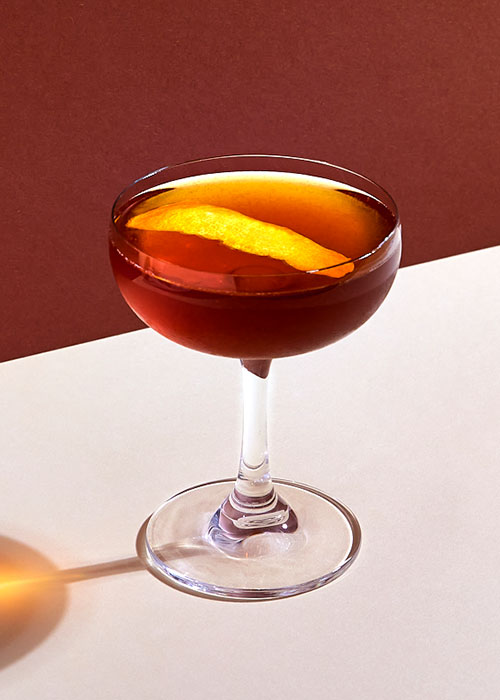
Imagine someone started smoking a 12-hour brisket in a French botanical garden. Now imagine that in cocktail form — the scent, not the brisket. That would be the Maximilian Affair, a modern classic by Boston-based bartender Misty Kalkofen. Sporting a build of mezcal, St-Germain Elderflower liqueur, Punt e Mes, and lemon juice, this cocktail is a historical nod to Archduke Maximilian and France’s involvement in Mexico during the 1860s (hence the mix of French elderflower liqueur and Mexican mezcal.)
The Gin Basil Smash
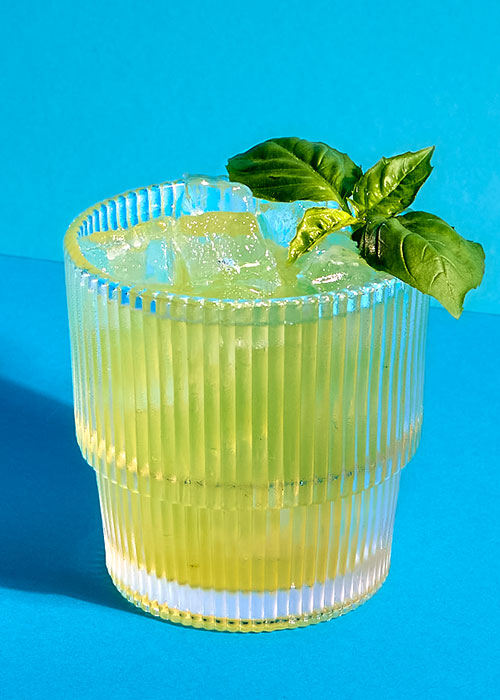
The Gin Basil Smash (a.k.a. the Gin Pesto) combines gin and muddled basil for a profile that calls summer flowers and fresh Caprese salad to mind. Lemon juice and simple syrup guest-star, imparting body, brightness, and refreshing acidity. Joerg Meyer, owner of Hamburg, Germany speakeasy Le Lion, first concocted the drink one night in 2008 after falling in love with Dale DeGroff’s version of the Whiskey Smash — bourbon, simple syrup, lemon juice, and muddled mint — at NYC’s Pegu Club. While the original recipe only calls for one sprig of basil for muddling, adding more certainly won’t hurt.
The Oaxaca Old Fashioned
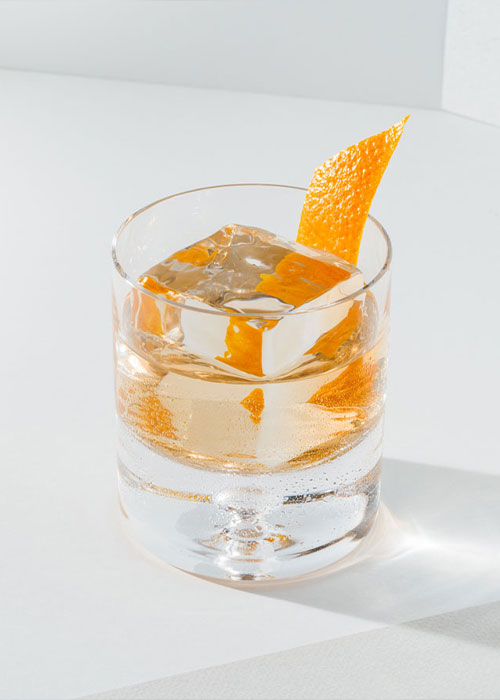
This riff was created behind the bar at NYC’s Death & Co. in 2007 by New York-based bartender Phil Ward. Following the formula of many Death & Co. favorites, Ward used his “Mr. Potato Head” method of cocktail creation: Take a classic, tried-and-true cocktail and swap out different components to highlight new and interesting spirits. In this case, he switched bourbon and simple syrup with tequila, mezcal, and agave nectar. Those brave enough to try their hand at the official garnish — a flamed orange twist — will be rewarded with an extra touch of citrusy smokiness courtesy of the orange peel’s scorched essential oils.
The Division Bell
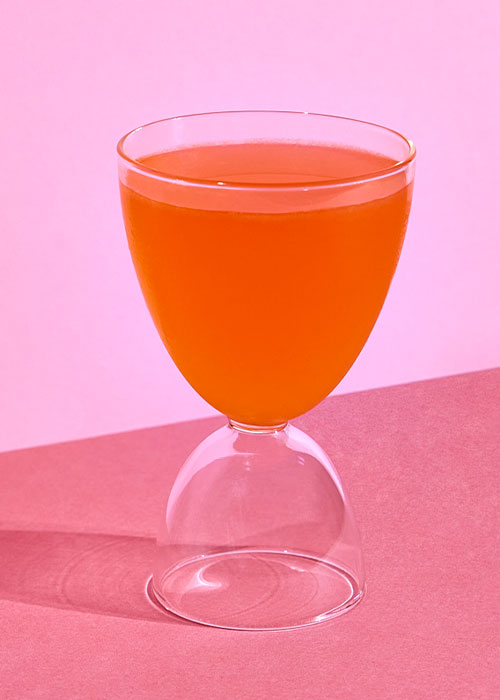
Another Phil Ward concoction, the Division Bell is a Last Word riff that replaces gin with mezcal and green Chartreuse with Aperol, giving this cocktail an attractive orange glow. The drink’s name pays homage to Pink Floyd’s 1994 album that Ward allegedly listened to on repeat while constructing the Mayahuel, his now-shuttered agave-focused cocktail bar.
